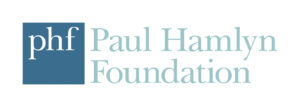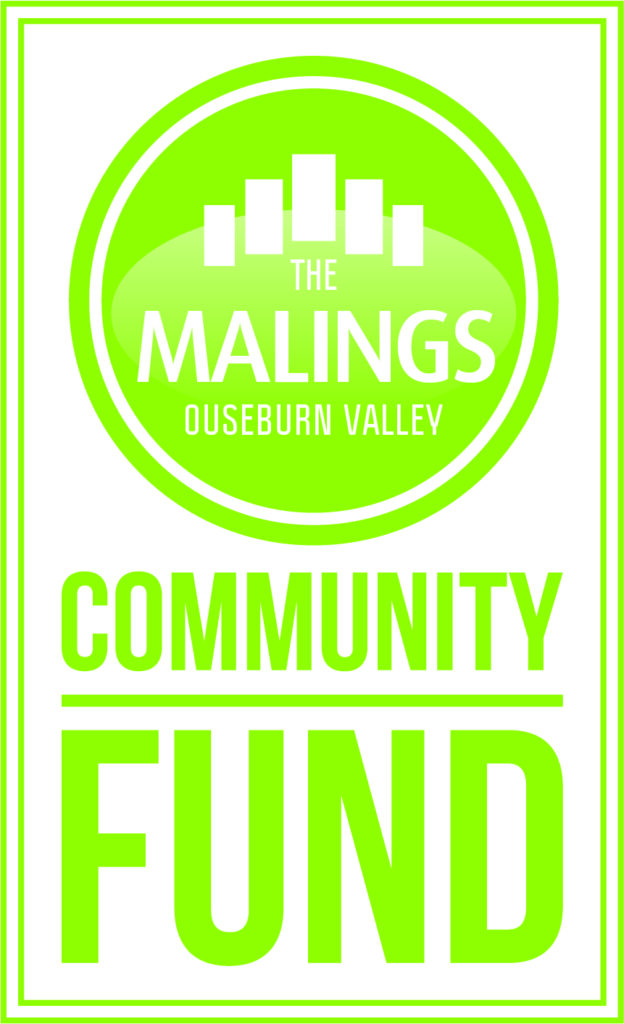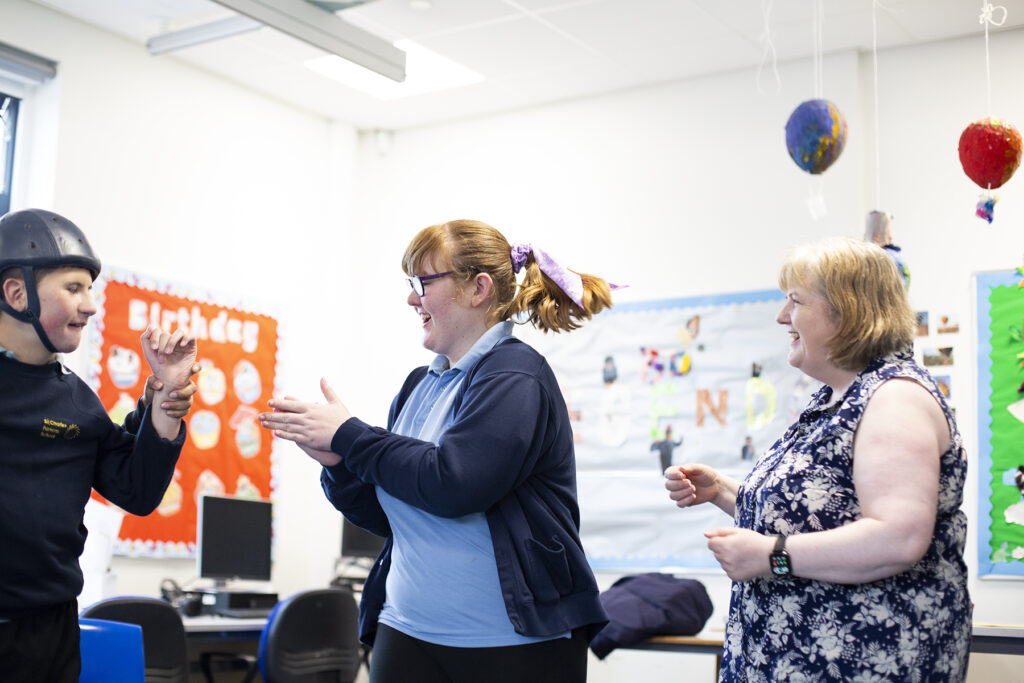
Photo: students and school staff member from Sir Charles Parsons School, Mark Savage Photography
Project overview
Earlier this year, Cap-a-Pie delivered a bespoke theatre project with Year 8 students at Sir Charles Parsons School in Newcastle. Inspired by Goodnight Mister Tom – the story of a wartime evacuee – the project explored themes of friendship, safety and identity, supporting students’ learning and providing space for creativity, reflection and fun.
The project took place over four sessions (one per week, 45 minutes each). It was shaped closely with the school and designed especially for this group, building on our previous work at the school and supported by funding from Newcastle City Council.
Why a bespoke project?
We’ve worked with Sir Charles Parsons School for a few years now, delivering two projects originally made for primary school children and adapting them for their cohort. Because the school has been so supportive of us and our work – and with the grant giving us scope to develop new projects – we wanted to make something just for them.
This time, the brief came from the school. Year 8 would be studying Goodnight Mister Tom in English and the teacher was keen to build in a drama experience connected to the book. That’s where Operation Walker began.
What we did
In three of the four sessions, Brad, Cap-a-Pie’s Artistic Director, was in-role as Sgt. Ryan O’Kane (in full camo gear). He was keen to point out there is no war happening right now, but said it was important to prepare – just in case – and asked the class to help him run a practice evacuation operation. Walker, the name of the project, refers to the location of the school.
Each workshop focused on a different idea:
Session 1
The group met Sgt. O’Kane and learned some military basics like saluting and hand signals – and played some games. They had a ‘tour of the barracks’, which was really a series of questions and choices: “Would you rather be on the top bunk or bottom bunk, and why?”
There was a very quick precis of WW2 (“Germany was the enemy and they tried to bomb lots of British cities”), and we tried to bring the era to life by borrowing a Box of Delights from North East Museums – a box full of objects linked to evacuees. There was a ration book, clothes, a suitcase, a real letter home from a child, and toys and games like Jacks. Students used these objects to create freeze-frames – for example, one student held a rabbit soft toy and pretended to be waiting on a train platform. Other students built out the image – becoming train tracks, luggage and people waiting.
Session 2
If children were evacuated to the countryside, what kind of adults should look after them? The class met three imaginary characters – two played by Brad, one by a student – and asked questions about their homes and lifestyles to decide who would make a good host. One lived in a very small house with three large dogs and loved to spend time working on cars – so there were lots of car tools lying around. The class thought maybe they weren’t the best option.
Session 3
This week focused on friendship. If you were suddenly sent to live somewhere new, how would you make friends? What does a good friend look like? Through drama games and discussion, the group thought about what it means to meet new people and how you connect with someone you don’t yet know.
Session 4
In the final workshop, Brad was joined by an evacuee named Delia (played by performer Jeannie May Adam). Delia was new to the area and the school, and the students welcomed her, introduced themselves, taught her some games and asked about her life – her hobbies, pets and where she’d come from. At one point, Delia became upset and said she was missing home. The students used their knowledge of Goodnight Mister Tom to suggest ways to cheer her up.
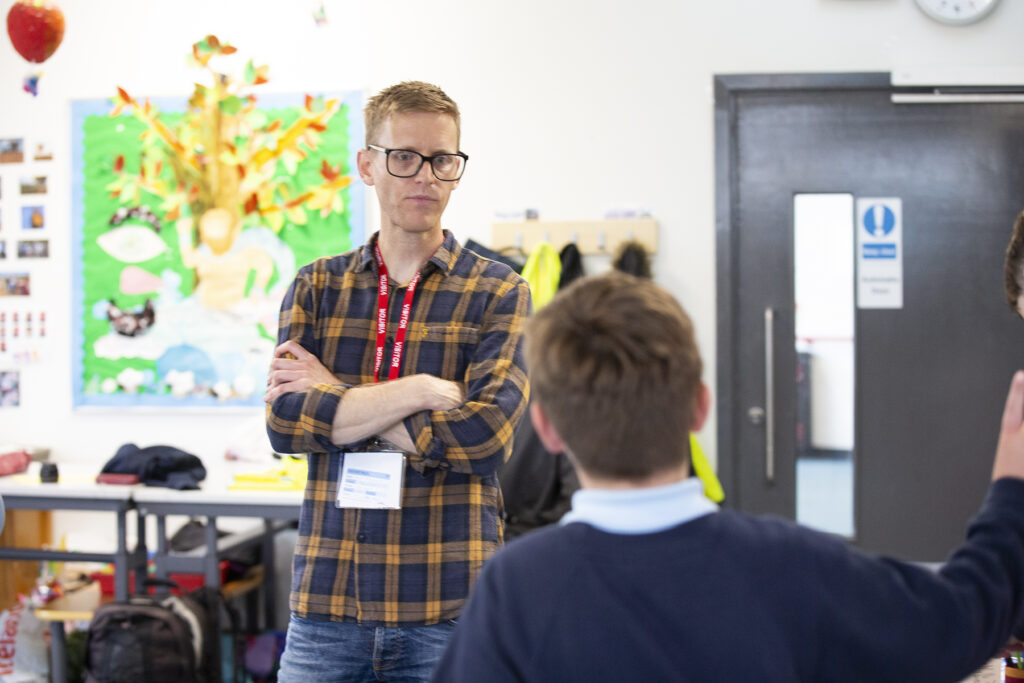
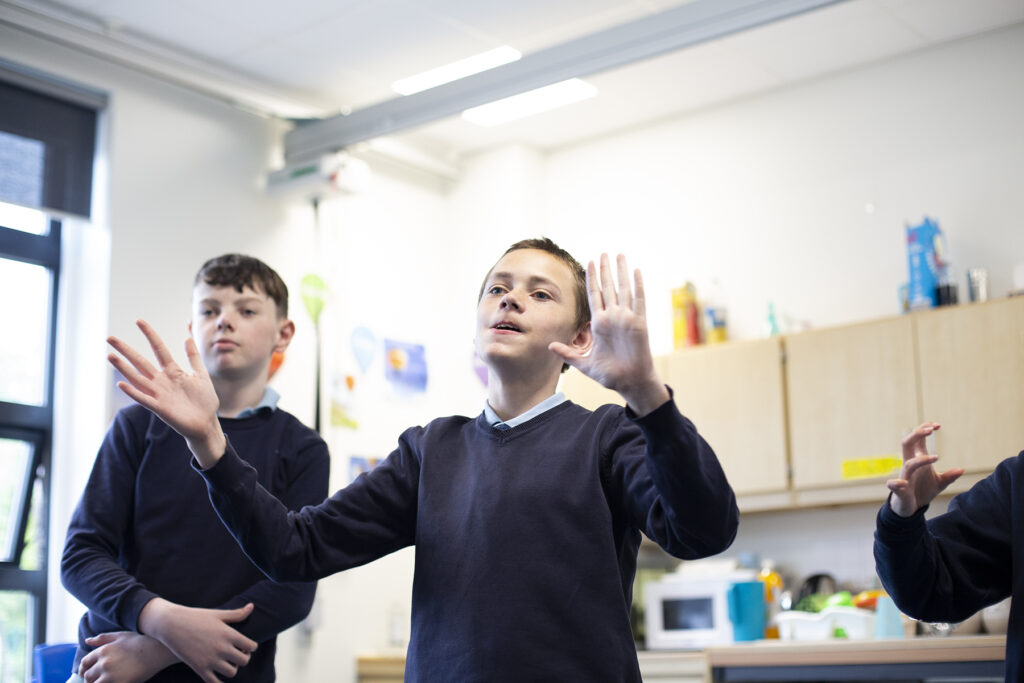
Photos: Left – Brad McCormick, Artistic Director at Cap-a-Pie. Right – students from Sir Charles Parsons School. Mark Savage Photography
The school’s perspective – Clare, Teacher at Sir Charles Parsons School
Why Goodnight Mister Tom?
It’s the text we study in the spring term in Year 8, and it’s a story our students really enjoy. They get hooked into it and they really take the idea of being evacuated to heart.
What were you hoping the students would get out of the project?
I wanted as many students as possible to have that drama experience based on Goodnight Mr Tom because we’ve never done that before. I also wanted the students to work with others they wouldn’t usually work with – to do something together. Our students are taught in learning pathways, not all of them are verbal – some use a range of communication strategies such as VOCA (communication device) signs or symbols. It’s really valuable to see those students offering comments, answering questions and sharing their ideas with others.
How did students respond?
The whole project just blew me out of the water. They got really involved. Nobody fell behind – they all kept up and supported each other.
Our students never cease to amaze when they’re challenged – and they really were, with the range of drama conventions you used. I can’t explain how well it worked – but I think it’s down to your expectations of them, your role as Sgt O’Kane and the uniform. They were putty in your hands!
Were there any stand-out moments?
So many. One student, who usually struggles with confidence, volunteered a question in the final session and kept eye contact – usually he looks down. That was massive.
And another student took charge as Sgt during a game – ‘Up straight! Is that all you can do?’ – he stayed in role and absolutely ran with it.
What’s the value of this kind of creative learning?
It’s everything. It works on all their ‘behaviours for life and learning’ – especially communication, collaboration, creative thinking, reflection. It gives them the chance to express themselves and learn in a different way. I think everyone should be doing drama activities.
Cap-a-Pie’s reflections
This project was very much designed for this group – shorter sessions, tailored content and close collaboration with the teacher throughout. Students were chosen because staff felt they’d get the most out of it, and the fact that the workshops tied directly into the text they were studying helped everyone stay connected.
Being in-role worked well. The students really bought into the character of Sgt. O’Kane and responded brilliantly. For the final workshop where a performer was in role as an evacuee, we kept the planning deliberately light, hoping for organic interaction between students and Delia, and it really worked – they took the situation seriously and showed great empathy and compassion towards her.
We also used historical objects from the Box of Delights to bring the era to life in a tangible way and as a starting point to create theatrical images.
The students were brilliant at remembering the army hand signals from week to week – ’halt’, ‘move out’, ‘assemble’ – without any reminding.
Their questions for potential hosts were excellent and incisive: “What are your hobbies?”, “Does your house have a security code?”
In one workshop, we asked where they would want to go if they were evacuated from their city. One said the south coast “because of the beaches”, another chose Wales “for the landscape”, and one said the Scottish Highlands “because there are fewer people and fewer streetlights – so it would be safer from planes.”
Why this work matters
Working with Sir Charles Parsons School gives us the opportunity to connect with young people we don’t always have the chance to work with – particularly those with more complex learning needs. It challenges and inspires us to think differently, to adapt and respond in the moment during the workshop, and to keep refining our creative process to meet a wider range of needs.
Building on our existing commitment to access, this project develops our thinking – encouraging us to embed tools like Makaton right from the start, and to explore new ways of making sure every voice is heard.
This kind of partnership reflects Cap-a-Pie’s commitment to inclusive education and widening participation – not just in who we reach, but in how we create. We want our work to be accessible, meaningful, and joyful for all young people and those who often miss out on arts experiences.

Photo: student from Sir Charles Parsons School, Mark Savage Photography

